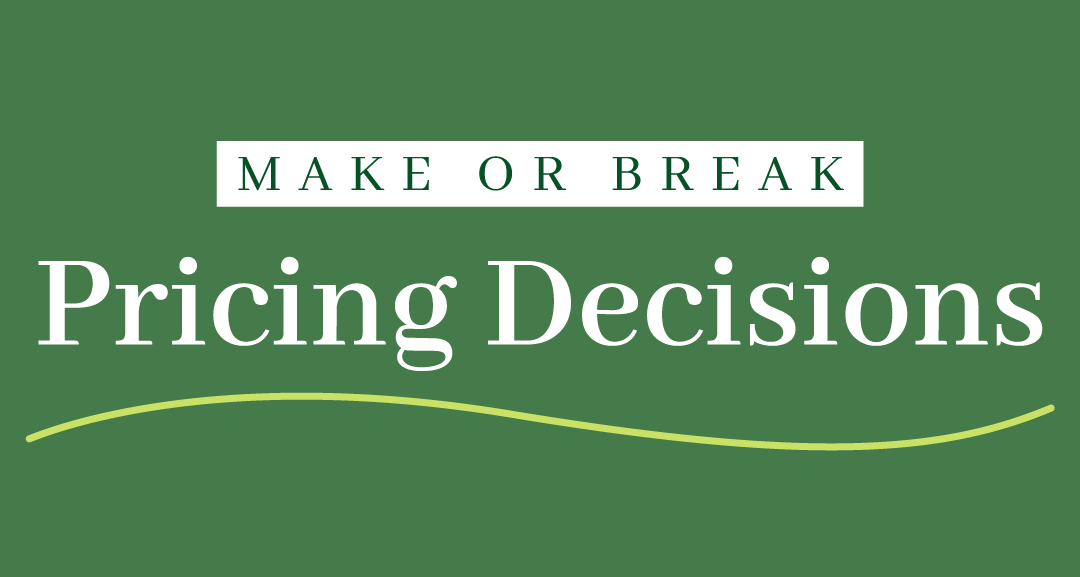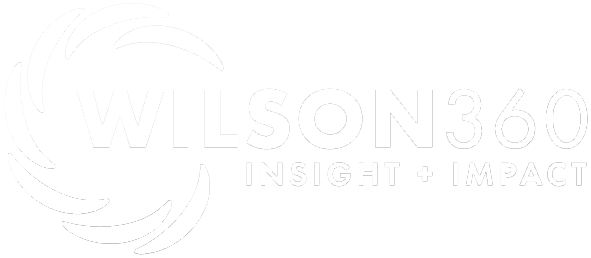
Make or Break Pricing Decisions
While 2020 was the year of transition to a more remote workforce, 2021 has been the year of reckoning when it comes to inflation. Everything costs more, in many cases significantly more than a year ago. The green industry is no exception to the rule. Rising prices for fuel, materials and especially labor have, in many cases, had an unwelcome impact on what are already razor-thin margins for many operators.
As we move into late fall, companies are setting their renewal and pricing strategies for 2022. Failure to raise prices could severely hamper the ability of companies to maintain service levels and effectively compete in an already tight labor market. While the general belief is that prices will begin stabilizing in 2022, direct costs like fuel and material will likely not retreat to their pre-COVID levels quickly, if at all. Meanwhile, higher wages are here to stay.
Here are six steps to help ensure outstanding service while maintaining profitability in 2022, even in the face of uncertainty.
1. Raise prices. This may seem like a no-brainer, though many companies worry higher prices could lead to client turnover. While a valid concern, not raising prices virtually guarantees reduced service levels, higher customer frustration and lower profitability. Price changes require thought leadership and analysis from your operations and financial staff to answer the who, what and how much questions related to customers and services impacted. Do this analysis before sending renewals out. It is impossible to recoup the increased costs for improperly priced contracts that have already been signed.
2. Talk honestly with your customers. They are usually willing to pay more for services if they understand the benefits to them. Don’t apologize or blame the economy; instead, explain service, support, or quality improvements they can expect because of increased investments in training or technology. When possible, meet in person and go prepared; this is an opportunity to show them they matter. Relationships are strengthened through difficult conversations. Finally, be creative if a blanket price hike isn’t in the cards. Offer discounts for payment in advance or longer-term contracts.
3. Determine what impact rising costs for direct inputs such as wages, materials and fuel are likely to have. Don’t forget to factor in headcount changes. Planning now for the increased cost of direct inputs is a critical first step in proper pricing decisions for renewals and service pricing for next year. Gross margin analysis may provide high-level impacts.
Don’t apologize or blame the economy for raising prices; instead, explain service, support or quality improvements they can expect with an increased price.
4. Verify current contract pricing matches required performance. Crews often spend more hours servicing properties than required. Determine if hour overruns are the result of “scope creep” versus requirements specified in the original agreement, incorrect bidding or performance issues. Then, adjust pricing and performance expectations accordingly.
5. Evaluate your customer portfolio to eliminate unprofitable accounts or adjust pricing. Just like shrubs need annual pruning, customer lists are no exception. Jobs that made sense in the past based on route density or portfolio considerations may need to be re-evaluated to verify pricing, contract scope and overall fit. Evaluate customers based on total value to your organization — maintenance, enhancements, snow, etc., not just one service line. Cutting unprofitable work frees up resources for more fruitful endeavors.
6. Use available data in your accounting and job costing systems to drive analysis of customer and service line profitability. Data is one of the most powerful and effective tools available to help ensure companies make the right decisions regarding hiring, asset purchase and allocation, routing, and a whole host of other factors that influence and drive what customers are charged.
These are critical steps, but they are not simple. Get help and advice, if necessary, about how to best use available resources to make good decisions now. Focus on a plan to improve current systems and people for even better results in the future.
Reprinted with permission. GIE Media. Lawn & Landscape November 2021 (c)

